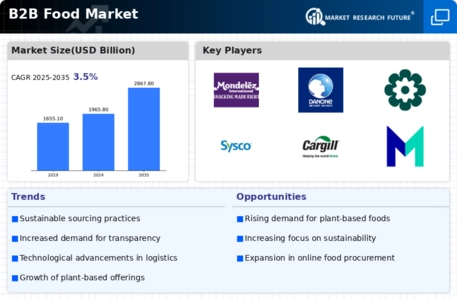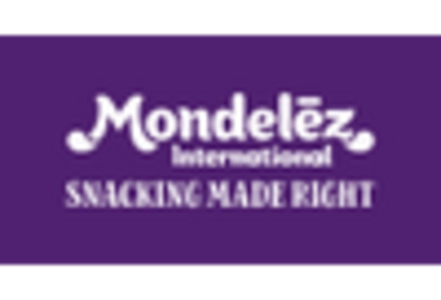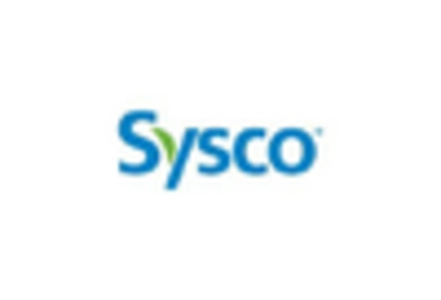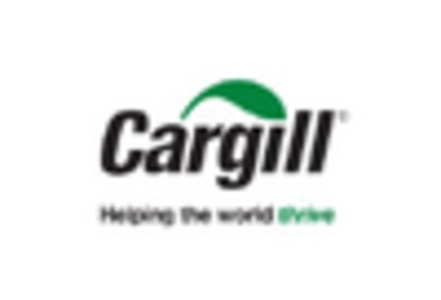By Region, the study provides market insights into North America, Europe, Asia-Pacific, South America, and Middle East & Africa. The North America B2B Food market accounted for ~33.7% in 2023. The North American B2B Food market benefits from several key strengths that drive its robust performance. The rise in quick-service restaurants (QSRs) and fast-casual dining establishments fuels the need for bulk food supplies, including fresh produce, prepared foods, and condiments. Additionally, North America's diverse population drives demand for a variety of ethnic and specialty food products.
Health-conscious consumers are prompting businesses to source organic, sustainable, and clean-label ingredients, further boosting the B2B market. The U.S. and Canada also see significant investments in technology, enabling streamlined supply chains, efficient cold storage, and direct-to-business delivery systems. The growing trend of meal kits and ready-to-cook options has added another dimension, as manufacturers and food processors cater to B2B clients aiming to meet evolving consumer demands.
FIGURE 3: B2B FOOD MARKET SIZE BY REGION 2023 VS 2032 (USD Billion)

Source: Secondary Research, Primary Research, Market Research Future Database, and Analyst Review
Further, the major countries studied in the market report are the U.S., Canada, Germany, UK, France, Spain, Italy, China, India, Japan, Australia, and South Korea.
Asia Pacific is expected to secure the second-largest market share, this dominance is largely attributed to the significant consumer demand for products. The region's diverse culinary landscape and increasing popularity of dining out boost demand for fresh and processed food products across restaurants and hotels. Countries like China and India witness significant growth due to expanding retail chains and online grocery platforms, creating vast opportunities for B2B suppliers. Additionally, the rising trend of health-conscious eating and premiumization of products fuels demand for organic and high-quality food ingredients.
Robust investments in food processing and storage infrastructure, especially in Southeast Asia, support the seamless distribution of perishable and non-perishable items. The region’s dynamic export-import activities and reliance on large-scale procurement for institutional buyers further amplify B2B market opportunities.



















Leave a Comment